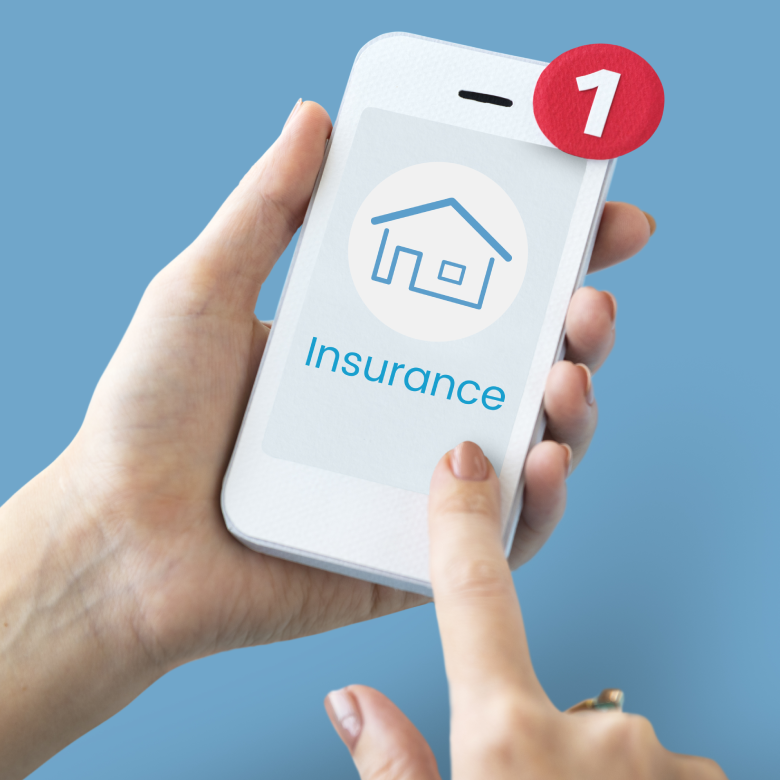Property
1. CHOOSE INSURANCE FOR YOUR HOME
2. CHOOSE US
3. CONTACT US

Homeowners insurance covers the replacement of your home and personal items up to certain limits, according to your policy.
While most disasters are covered, earthquakes and floods are not.
In addition, insurance policies do not cover the normal aging of your home.
To be more clear, coverage to repair or replace your home and belongings if they are damaged by certain perils.
Policy forms difference to look out for

Basic
It’s the most basic of all dwelling policies. This is very limited coverage but it does serve the purpose.
This policy form is under named perils only, which means that it only insures against the perils specifically named in the policy.
Most common causes of damage, such as fire, wind, hail, and lightning are usually listed as a covered peril, If something other than one of the named perils causes damage to the property, the policy does not cover the loss such as vandalism, theft, and water damage that are NOT included.
Another important thing, by the default these policies cover the dwelling at actual cash value (ACV) basis, but some carriers do change the form to have it covered under replacement cost and we recommend you obtain “replacement cost‟ coverage.
The liability coverage in most cases will be limited to only premises.
It is important to know that not all companies offer this type of policy, since not many things are covered..It is up to you and your agent to decide whether or not these are necessary for your situation.

Special
This policy form is the most commonly purchased policy because its a more complete coverage which is what most homeowners are looking for. It provides excellent coverage for your house as well as your personal property.


Special Property
This form is known as an “open peril” form.
An “open perils” policy provides full coverage for your home and personal property whatever the cause or danger may be, unless your policy specifically names and excludes it.
Therefore, the policy doesn’t list what perils it’s got you covered for; it does the opposite and lists the perils that you aren’t covered for.
Some companies depending on the conditions and/or the year built f your home, will be excluded or limit some coverages.
For this reason contact to us for more details.

Coverage
- (A) Dwelling: Offers protection against direct physical damage caused to the dwelling, including rooms, fireplaces, carpeting, tile floors and elements of decor. Structures, which are attached to the insured dwelling on the same foundation, such as a garage, are also liable to coverage under this section of your homeowners insurance. Besides, this section of your policy covers materials and supplies necessary to rebuild or repair your home.
- (B) Other Structures: Covers structures on your property other than your main dwelling. Some examples of this could be a shed, detached garage, and in some cases, your pool. The limit of insurance for all other structures combined is start 2 to 20% percent of the dwelling limit. ( Coverage A). Some policy forms allow you to exclude it.
- (C) Personal Property: Covers the contents of your house, including furniture, clothing and appliances. In other words, flip your house upside down and anything falling is considered contents.However, it is important to understand that certain types of personal property like electronics, jewelry and art work have special sub-limits. It is important to be aware of these sub-limits and make sure your know what is covered , to what amount ,and in which form it will be paid.
- (D) Loss of Use: helps you pay for everything from fuel expenses to groceries and hotel bills while your home is being repaired or rebuilt. If you rent out your property, loss-of-use coverage (also known as Fair-Rental Value/Additional Expenses) may also help you recover lost rent if a covered loss requires your tenants to live elsewhere. Most standard Insurance policies pay at least 10% to 20% of the amount of your Dwelling coverage.
- (E) Liability Protects you against financial loss if you are sued and found legally responsible for someone else's injury or property damage occurs Personal liability claims could include medical bills, legal fees and more if a guest is injured on your property, as well as coverage for accidental damage you are legally responsible for on someone else’s property. If you have personal liability coverage, you may be able to avoid paying out of pocket for incidents like these, up to your coverage limits. Depending on the policy form this coverage might be limited to only happening on the property.
- (F) Medical Payments: Covers medical bills for person(s) injured on your property without being sued.
Investment Properties
For investment properties , the recommended form to use is known as DP3(Special Form).
Make sure you protect your investment against incidents like water leaks, natural disasters, or theft which can leave you vulnerable to paying large sums of money if you aren’t properly covered.
DP3 policy covers the structure, loss of use or rental coverage, and usually personal liability.
If you are renting out your property,
it’s a good practice to require your renters or tenants to have renter’s insurance (HO4) to cover their assets and most importantly coverage for anything they are liable for (like their dog biting a neighbor).


1. REQUEST A QUOTE
We have to get to know you In order to insure you properly and to satisfy your expectations , we need to know what you are looking for.
There are a million ways a policy can be altered to meet your needs.
On that note, the first step is for us to exchange information in order to know what you are looking for and for us to obtain the information necessary to quote you .

2. YOU REVIEW OUR EXCEPTIONAL OFFERS FOUND
We work with many companies, that's the main perk of an independent agent. Most of the time, we will provide several offers and go over the differences between them .
This is the most crucial part of the process because we really want you to understand what you are buying.
Making sure it meets all your needs and that you are aware of any exclusion of the policy.
Once you agree with the best offer for you , we move on to step 3.

3. YOU FINALLY BECOME OUR OFFICIAL CLIENT
This final step is the purchasing part. We pretty much take it all from here.
All we need from you is to sign the necessary documents and be aware of any conditions by the company chosen which we will let you know.
You will receive your proof of insurance and if you have any questions through the policy term , we will always be here to help.
Keep in mind we review your policy at renewal to see if there are any additional offers that benefit you.
